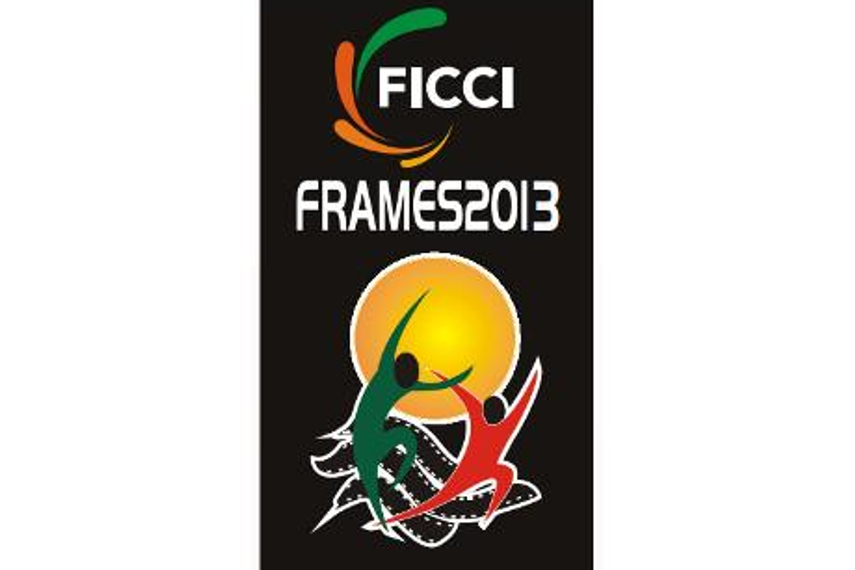
Please sign in or register
Existing users sign in here
Having trouble signing in?
Contact Customer Support at
[email protected]
or call+91 22 69489600
Media and entertainment sectors projected to grow at 11.8 per cent in 2013 to Rs 91,700 cr

Contact Customer Support at
[email protected]
or call+91 22 69489600
Top news, insights and analysis every weekday
Sign up for Campaign Bulletins
92% of Indian comms and marketing teams already use AI, one of the highest in Asia. Yet GEO readiness lags.
Soaring cart abandonment rates, undecided consumers and a tendency to mass-serve irrelevant ads are challenges that can spike during this season.
The Boston-based company is favoured by marketers for its SEO and analytics tools.
Its #DrinkItUp 2.0 campaign leans on the learning that hydration had moved from utility to a part of fitness, self-care and cultural expression amongst Gen Z.